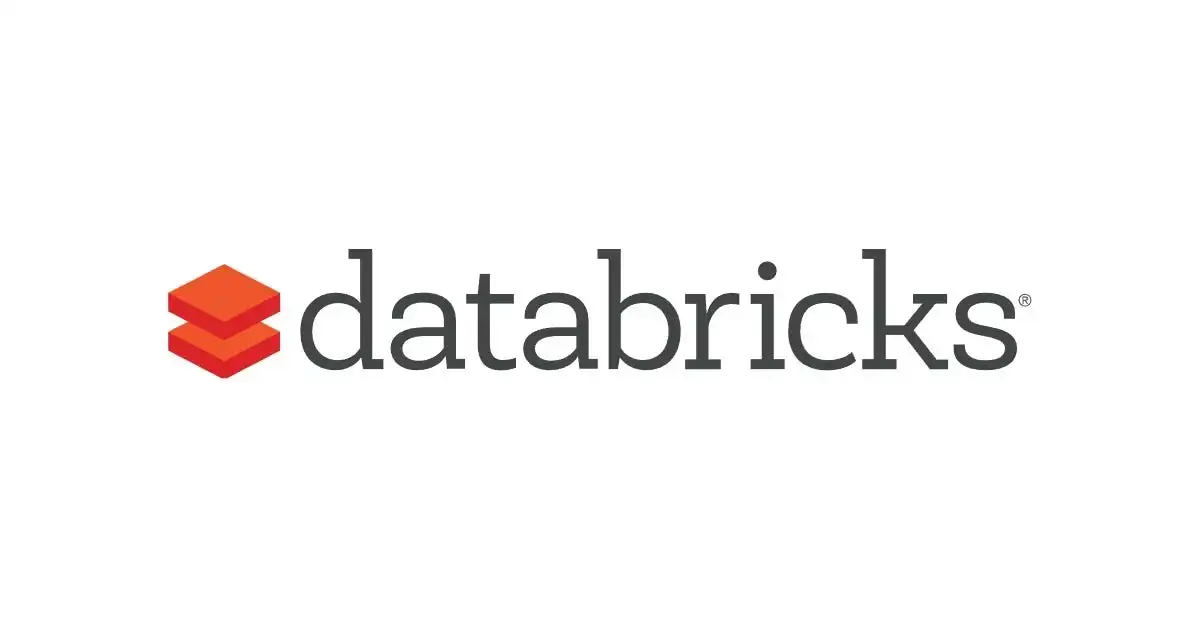In the rapidly evolving landscape of data analytics and machine learning, organizations are increasingly adopting data-driven approaches to inform their decision-making processes. This shift necessitates the use of robust and scalable tools to handle vast amounts of data efficiently. Enter Databricks, an industry-leading cloud data platform that has been gaining significant traction in recent years. In this guide, we will explore What is Databricks, why it is becoming so popular, and how it addresses the challenges associated with big data processing.
The Rise of Big Data and Apache Spark
Big data processing has become a cornerstone of modern businesses, allowing organizations to extract valuable insights from their data. Among the various solutions available for big data processing, Apache Spark, released in May 2014, quickly emerged as a popular choice due to its speed, flexibility, and developer-friendly nature.
Apache Spark is an open-source unified analytics engine designed for large-scale data processing. Its ability to handle both batch and real-time data, coupled with its support for multiple programming languages (Python, R, Scala, and SQL), made it a favorite among data professionals
Challenges with On-Premise Apache Spark Setups
While Apache Spark offered numerous advantages, deploying and managing Spark clusters on-premise posed several challenges:
Infrastructure Scalability: Scaling on-premise infrastructure to meet growing data demands was complex and costly.
Maintenance: Keeping the infrastructure updated and ensuring optimal performance required significant effort.
Security: Protecting data and ensuring compliance with security standards was a constant concern.
The Shift to Cloud Technology
The advent of cloud technology brought a paradigm shift in how organizations approached big data processing. Cloud platforms offered scalable, reliable, and cost-effective solutions, eliminating many of the challenges associated with on-premise setups. This transition led to the development of various SaaS products tailored for big data and analytics.
Databricks: The Unified Cloud Data Platform
Among the cloud-based solutions, Databricks has emerged as a leader in the field of big data processing and machine learning. Founded in 2013 by the original creators of Apache Spark, Databricks provides a unified analytics platform that simplifies large-scale data processing and machine learning workloads.
Key Features of Databricks
Ease of Use: Databricks offers a user-friendly interface that allows users to launch Spark clusters with a single click. This eliminates the need for complex configurations and setups.
Scalability: Being a cloud-native platform, Databricks can seamlessly scale to handle increasing data volumes and computational demands.
Collaboration: Databricks provides an interactive notebook environment where data engineers, analysts, machine learning engineers, and data scientists can collaborate effectively. The platform supports multiple programming languages, including R, Python, SQL, and Scala.
Integrated Environment: Databricks integrates with a wide range of data sources and tools, facilitating smooth data ingestion, processing, and analysis.
Security: Databricks ensures robust security measures to protect data and comply with industry standards, making it a reliable choice for enterprises.
Databricks Architecture
Understanding the architecture of Databricks is crucial to appreciate its capabilities fully. The platform comprises two main components:
Databricks Control Plane: This manages workspace notebooks, clusters, jobs, and queries. It provides functionalities such as SSO authentication, REST API access, and cluster management.
Compute Planes:
Serverless Compute Plane: Handles compute resources for serverless SQL warehouses and model serving, allowing for efficient resource management.
Classic Compute Plane: Manages compute resources for data processing with clusters and classic SQL warehouses.
Why Databricks is Popular
Databricks’ popularity can be attributed to several factors:
Streamlined Operations: By abstracting the complexities of infrastructure management, Databricks allows organizations to focus on data analytics and insights rather than maintenance.
Collaboration and Productivity: The platform’s interactive notebooks and collaborative features enhance productivity and foster teamwork among data professionals.
Flexibility and Integration: Databricks integrates seamlessly with other cloud services and data tools, providing a flexible and comprehensive data processing environment.
Cost-Effectiveness: The pay-as-you-go pricing model of cloud services ensures that organizations only pay for the resources they use, making it a cost-effective solution.
Innovative Features: Databricks continuously evolves, incorporating the latest advancements in data processing and machine learning, ensuring that users have access to cutting-edge technology.
Conclusion: What is Databricks? Why is it Gaining Popularity?
Databricks has revolutionized the way organizations handle big data processing and machine learning by providing a scalable, user-friendly, and collaborative cloud platform. Its integration of Apache Spark’s powerful capabilities with the convenience of cloud technology addresses many of the challenges faced by traditional on-premise setups. As organizations continue to prioritize data-driven decision-making, Databricks is well-positioned to remain at the forefront of this transformation, helping businesses unlock the full potential of their data.


















